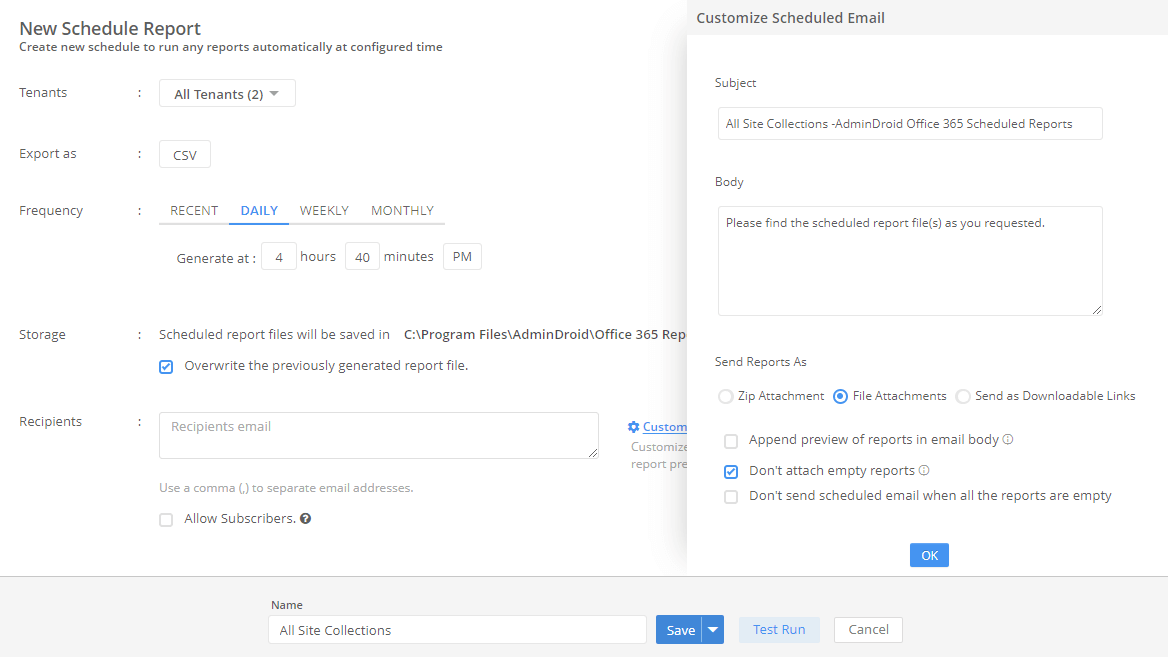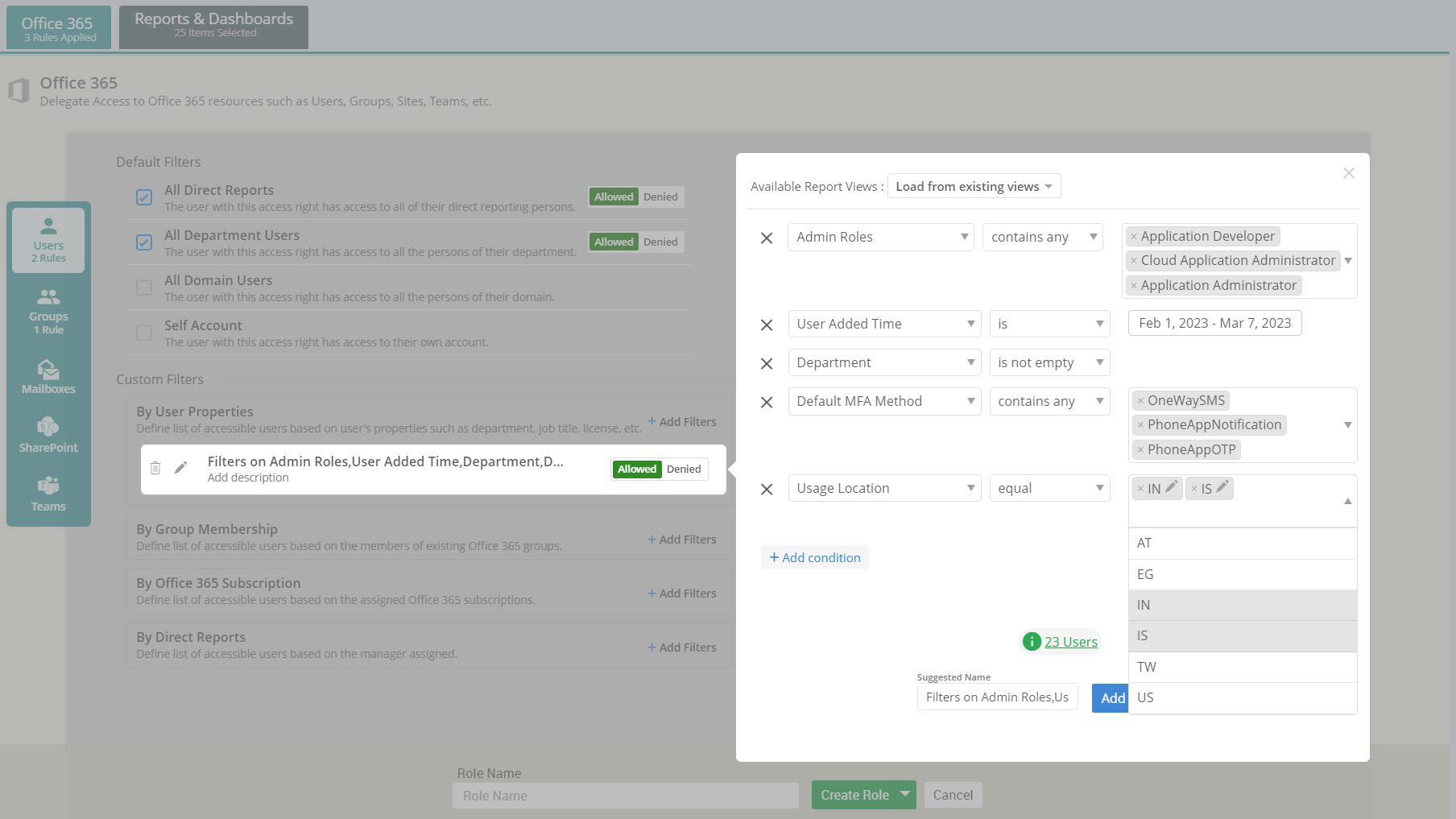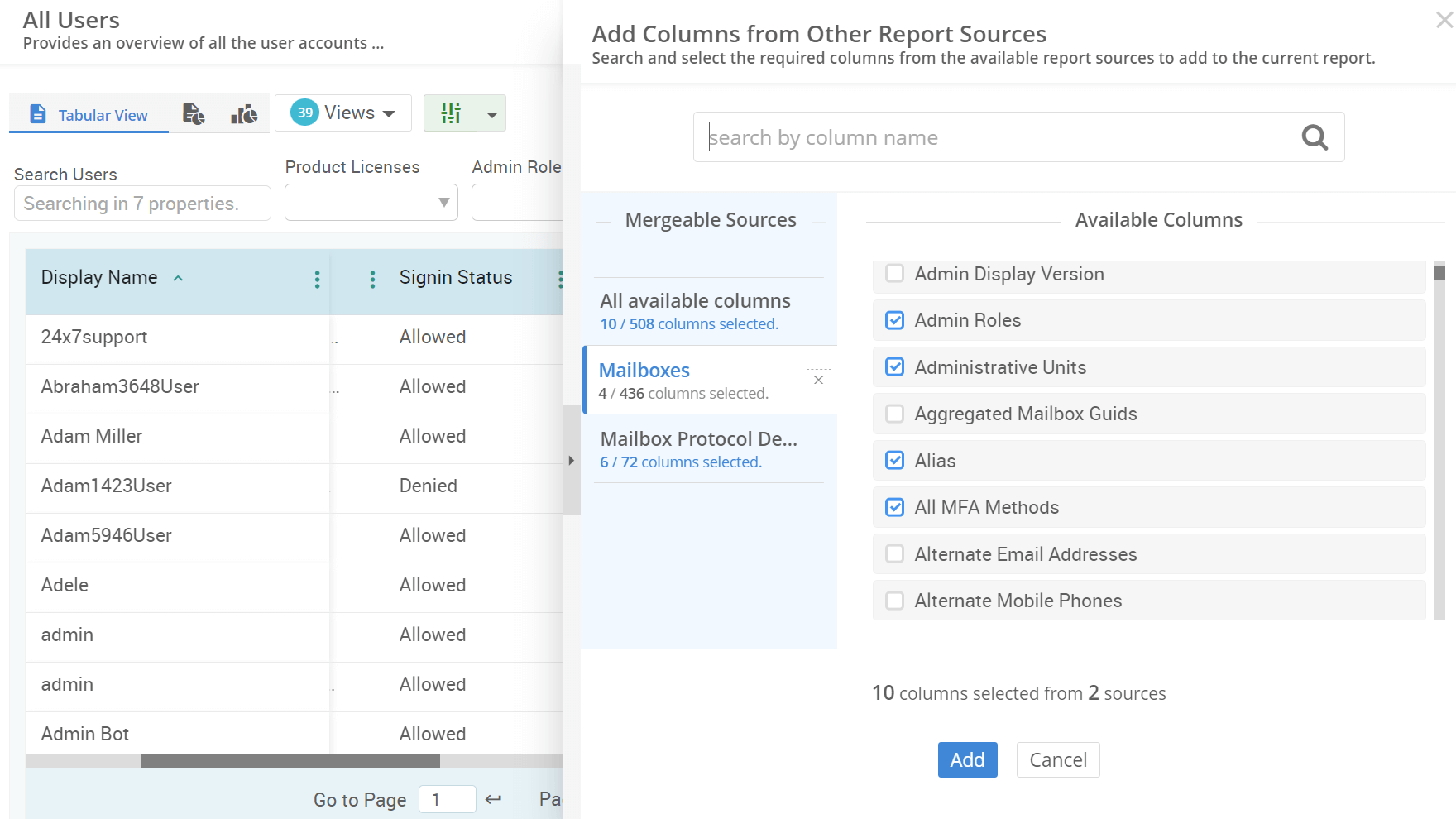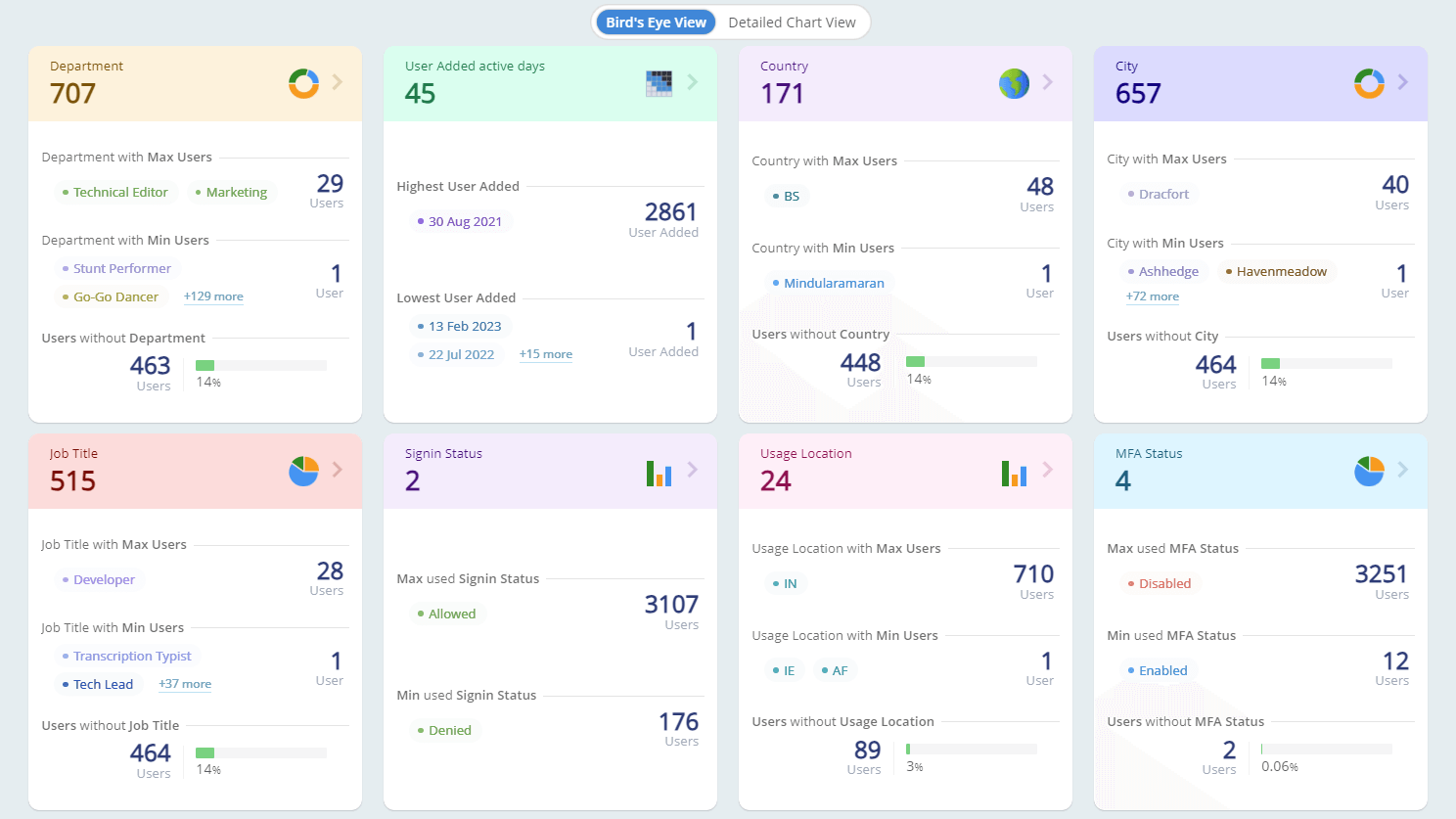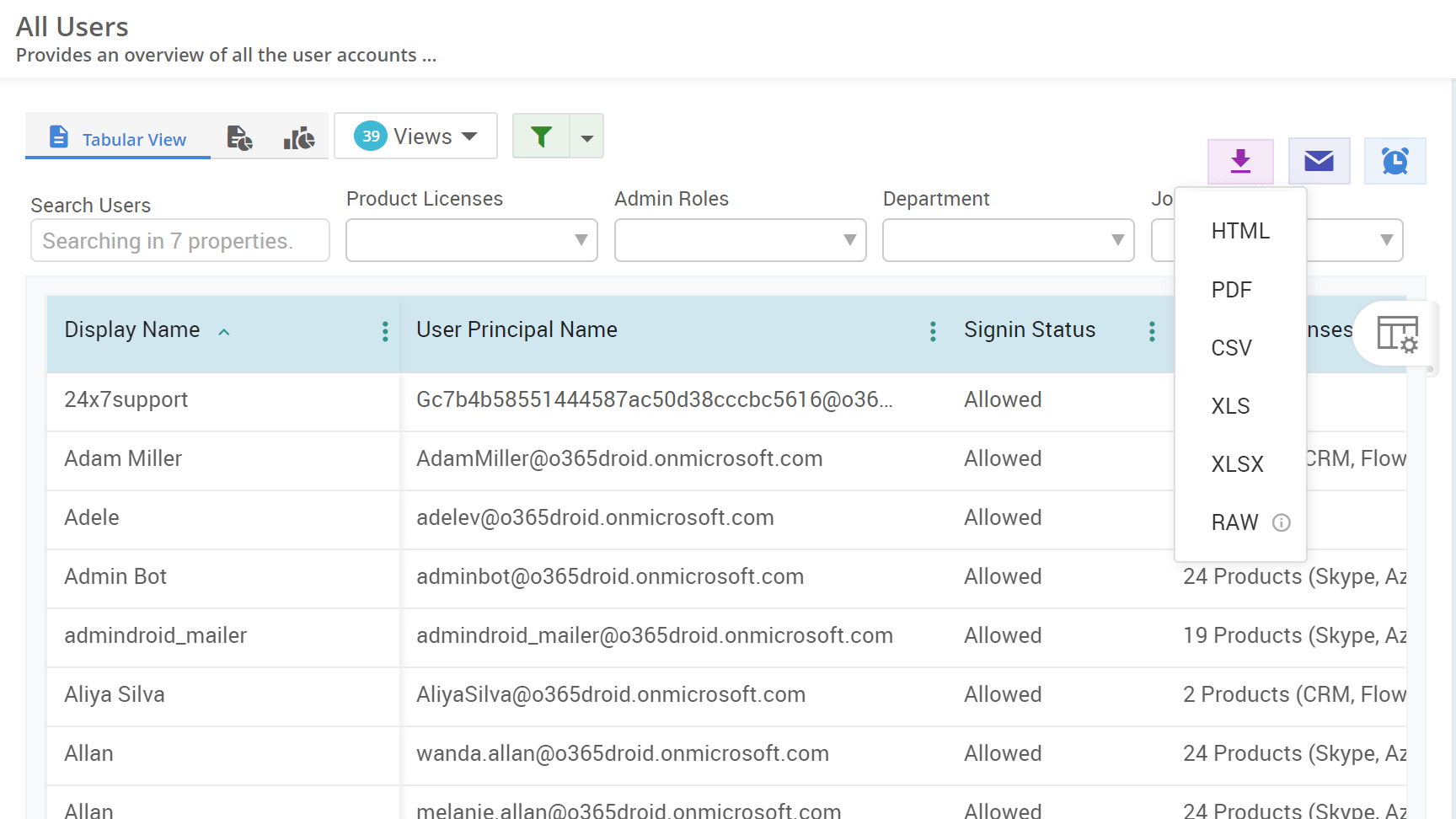Users in your organization typically send and receive all emails through their primary email addresses. However, when users collaborate on multiple projects or manage various departments, email aliases are useful for differentiating communication.
Also, email aliases can protect your primary address when registering on websites, keeping it safe from marketers and hackers. They work as a proxy for your primary email address.
Follow the steps below to create or remove aliases from a M365 account.
- Sign-in to the Microsoft 365 admin center and navigate to the 'Active users' tab under Users.
- Select a user and then click on Manage username and email under 'Aliases' Section.
- On the 'Manage username and email panel', go to the 'Aliases' section. Enter the username, select the appropriate domain, and then click 'Add' to create the email alias.
- To delete an alias, click ellpises (...) next to the alias email and choose 'Delete alias'.
Note: Initially, the default domain will be selected. To add an email alias from a different domain, use the drop-down menu to select the desired domain.
You can utilize the following PowerShell cmdlets to efficiently add or remove an alias in Exchange Online.
#Connect to the Exchange Online module
Connect-ExchangeOnline
# To create an email alias in an Exchange Online mailbox.
Set-Mailbox "<UserPrincipalName>" -EmailAddresses @{add= "<AliasEmailAddress>"}
# To add multiple email aliases to an Exchange Online mailbox.
Set-Mailbox "<UserPrincipalName>" -EmailAddresses @{add= "<AliasEmailAddress1>", "<AliasEmailAddress2>"}
# To remove an email alias from an Exchange Online mailbox.
Set-Mailbox "<UserPrincipalName>" -EmailAddresses @{remove= "<AliasEmailAddress>"}
Create a CSV file with two columns: User and Alias. The User column should contain the mailbox UPNs, and the Alias column should contain the desired aliases. If a user needs multiple aliases, separate them with commas.
After creating the CSV file, run the following cmdlet with the appropriate file path to create bulk email aliases for users in Exchange Online.
Import-CSV "<CSVFilePath>" | foreach {Set-Mailbox $_.UPN -EmailAddresses @{add=$_.Alias}}
Aliases can be customized to represent the distribution group's purpose, making it easier for users to identify and send emails to the appropriate group.
Use the following PowerShell cmdlet to add an alias to a distribution group in Office 365.
Set-DistributionGroup -Identity "<DistributionGroupUPN>" -EmailAddresses @{Add= "<DesiredAliasEmailAddress1>","<DesiredAliasEmailAddress2>"}
Note:- You can add up to 400 aliases for a single mailbox.
- The same email alias cannot be assigned to different mailboxes.
- An email alias can be changed to the primary email address.












